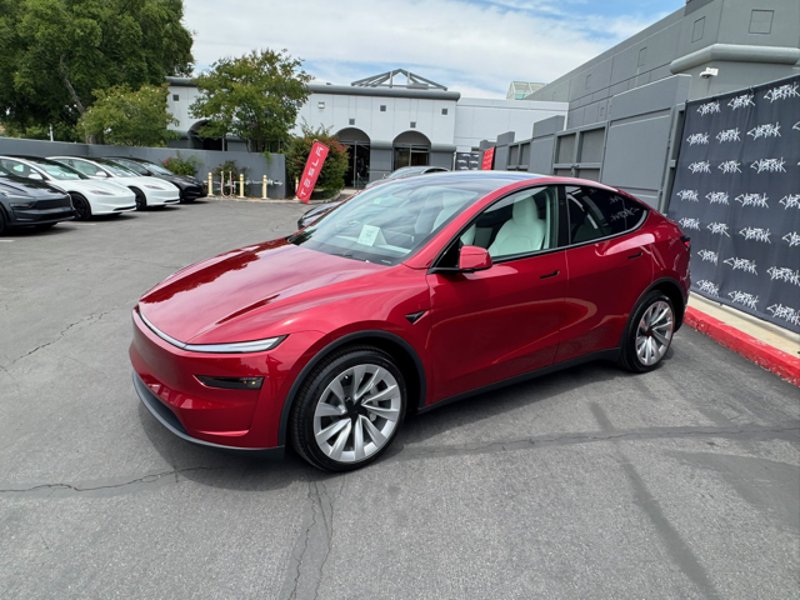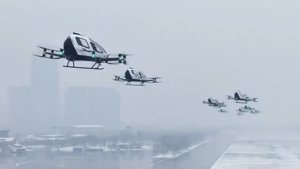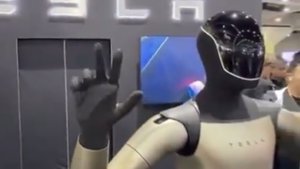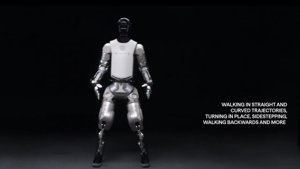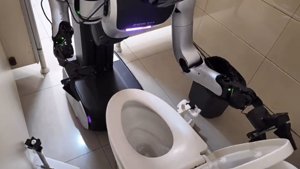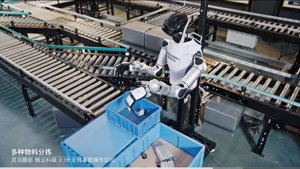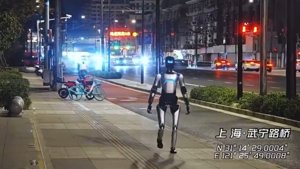Tesla has reached a crucial breakthrough in autonomous vehicle development, with CEO Elon Musk revealing that the company has been conducting fully driverless tests of Model Y vehicles on public roads in Austin, Texas. According to Musk, these tests have been running “for the past several days” without a human in the driver’s seat and, critically, with “no incidents” reported. This achievement arrives a month ahead of Tesla’s internal timeline, highlighting the company’s rapid advancement in self-driving technology.
Even more revolutionary is Musk’s announcement about Tesla’s next ambitious step: self-delivery. Beginning next month, Tesla plans to implement its first “self-delivery from factory to customer” – allowing vehicles to autonomously drive themselves from the manufacturing facility directly to their new owners. This represents a fundamental transformation in automotive delivery and demonstrates Tesla’s extraordinary confidence in its Full Self-Driving (FSD) capabilities. If successful, this innovation could not only revolutionise how cars reach customers but further validate Tesla’s distinctive approach to autonomous driving without the LiDAR technology that competitors rely upon.
This development emerges amidst growing competition in the autonomous vehicle landscape, with companies like Waymo and Cruise expanding their driverless taxi operations in select cities. However, Tesla’s strategy of deploying consumer vehicles with self-driving capabilities represents a distinctly different approach – one that could potentially scale more rapidly if regulatory approval follows these successful trials. The pressing question remains: is society prepared for vehicles that drive themselves from factory to doorstep?
